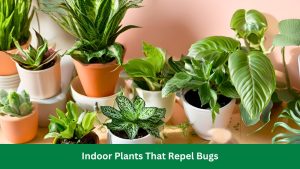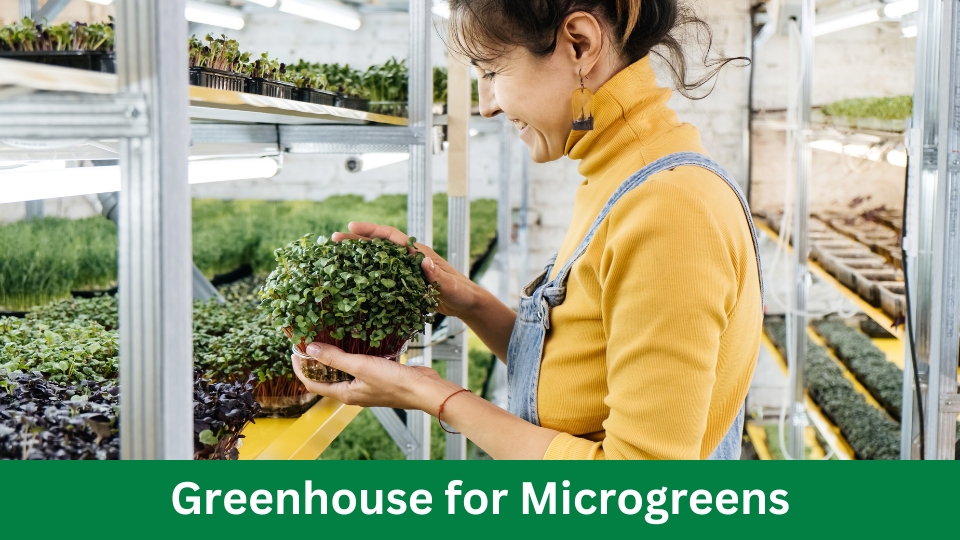
Greenhouse for Microgreens: Cultivate Tiny Titans!
A greenhouse for microgreens provides a controlled environment for year-round cultivation. It optimizes conditions for fast-growing, nutrient-rich plants.
Microgreens are small yet mighty, often harvested just after the first leaves develop. A greenhouse dedicated to these tiny plants ensures protection from harsh weather and pests while offering the precise climate control necessary for their delicate growth. A microgreen greenhouse is a game-changer for urban farmers or those with limited outdoor space, enabling consistent quality and production.
Growing microgreens in a greenhouse maximize space efficiency and can lead to a more sustainable and profitable operation, especially when integrated with innovative farming techniques such as hydroponics or vertical gardening. This symbiosis of controlled environment agriculture and popular microgreen varieties like arugula, radish, and basil can transform small spaces into green oases of productivity.
The Rising Popularity Of Microgreens
Microgreens are tiny vegetable greens that have gained a vast following recently. As a fresh addition to the market, these greens are not just for garnish anymore. Chefs and health enthusiasts alike tout their big flavors and nutritional benefits. Home gardeners also find them perfect for small spaces like greenhouses.
Let’s explore why these green wonders are becoming a staple on plates and in domestic gardens worldwide.
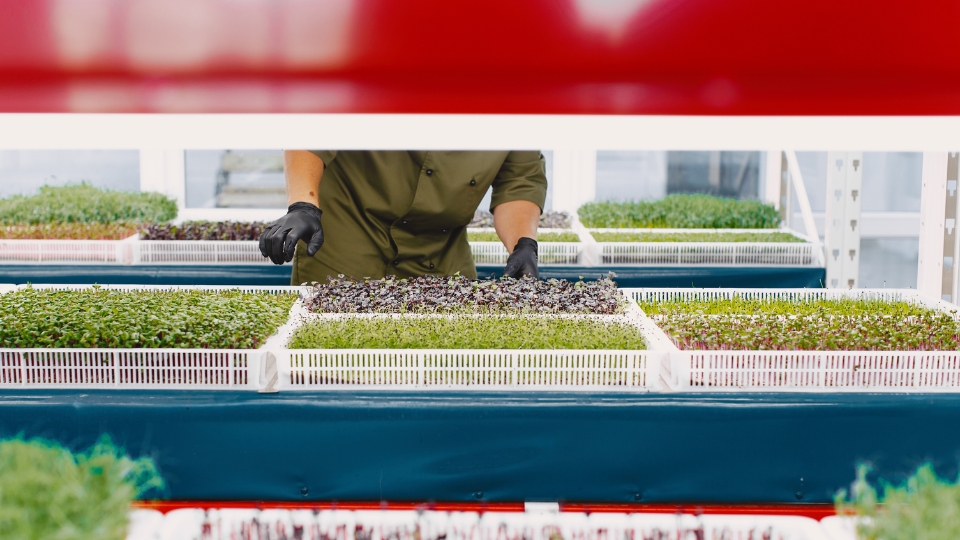
Nutritional Powerhouses In Bite-sized Form
Despite their size, microgreens pack a punch when it comes to nutrition. Studies suggest these little greens often contain higher nutrient levels than their mature counterparts. Here’s what you find in a handful of microgreens:
- Vitamins: A, C, E, and K
- Minerals: Iron, Potassium, and Zinc
- Antioxidants that fight disease
From Trendy Eateries To Home Kitchens
Microgreens have made their way from upscale restaurants to everyday dining. With greenhouses for microgreens, you can grow them right at home. It’s simple and rewarding. Below is a snapshot of why home growers love cultivating microgreens:
| Reasons to Grow Microgreens | Benefits |
|---|---|
| Small space needed | Perfect for urban dwellers |
| Quick to harvest | Ready within 2-3 weeks |
| Variety of flavors | Spice up your dishes |
| Ease of growing | Beginners can succeed, too |
Essentials Of A Microgreen Greenhouse
Essentials of a Microgreen Greenhouse are key for healthy, robust plants. Gardeners and farmers focus on the details. They pick the best designs and control the environment. Everything counts, from sunlight to humidity.
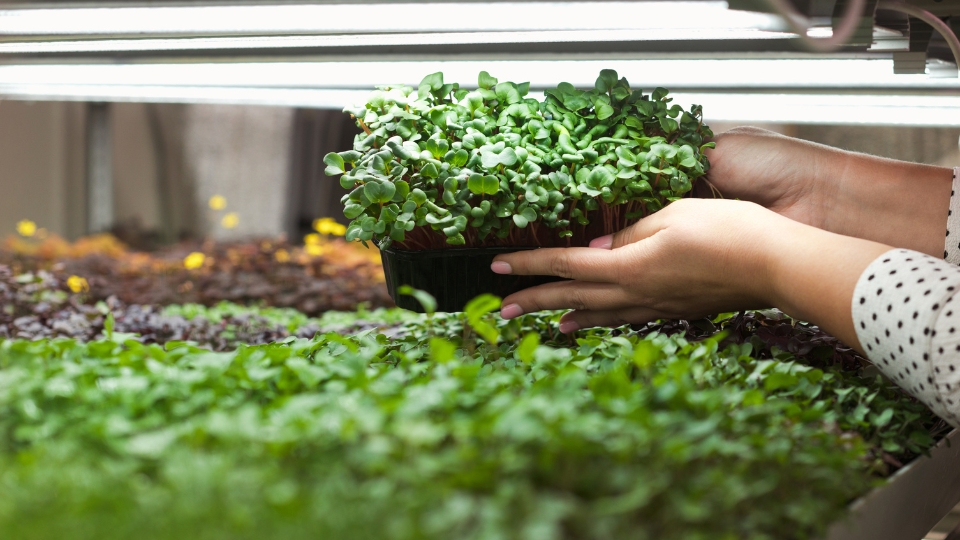
Choosing The Right Structure
Microgreens thrive in the perfect home. A proper structure is a must. It must be strong yet let in light. Size scales to your crop needs. The right space invites success. Cleanliness is vital – pests and diseases must stay away.
- Material: Clear, strong plastics are top picks.
- Size: Fit your space to grow with demand.
- Accessibility: Easy access for constant care.
Climate Control For Optimal Growth
Controlling the climate is crucial. Temperature and humidity must be just right. Consistency keeps microgreens happy. Advanced systems track and adjust settings. Manual options work, too. Bottom line: your greens must be comfy.
| Feature | Benefits |
|---|---|
| Temperature | Keeps growth steady. |
| Humidity | Prevents wilt and dryness. |
| Ventilation | Fresh air for health. |
Sustainable Practices In Microgreen Cultivation
Many people now grow microgreens at home. It is important to use sustainable practices. This means finding ways to help the environment. This post dives into eco-friendly ways to grow microgreens.
Organic Soil Versus Hydroponics
Organic soil helps microgreens grow with natural nutrients. It also supports the earth’s health. Hydroponic systems use water and nutrients to grow plants. It does not use soil. This method saves water and space.
| Organic Soil | Hydroponics |
|---|---|
| Uses natural compost | Recycles water |
| Supports soil health | Requires less space |
| Attracts beneficial insects | Controls nutrient levels easily |
Eco-friendly Pest Management
Keeping pests away is essential. Chemicals are bad for the planet. Use natural ways to stop pests. Things like neem oil and ladybugs protect plants. They are safe for the environment.
- Neem oil: A natural oil that keeps pests away.
- Ladybugs: They eat harmful bugs and keep plants safe.
- Herbal repellents: Plants like mint can stop pests.
Seed Selection And Planting Techniques
Choosing the right seeds and mastering planting techniques are key to a successful microgreen greenhouse. From taste to nutritional value, selecting the best varieties matters. For dense and healthy growth, specific sowing strategies are essential.
Top Varieties For Flavor And Nutrition
Different seeds bring unique flavors and nutrients to your microgreen mix. Here are some top picks:
- Arugula: Peppery taste, rich in Vitamin K.
- Kale: Slightly bitter, packed with Vitamins A, C, and K.
- Radish: Spicy kick, offers Vitamins E, A, and C.
- Peas: Sweet flavor, contains protein and fiber.
- Broccoli: Mild taste, high in antioxidants.
Choose organic, non-GMO seeds for the best quality greens.
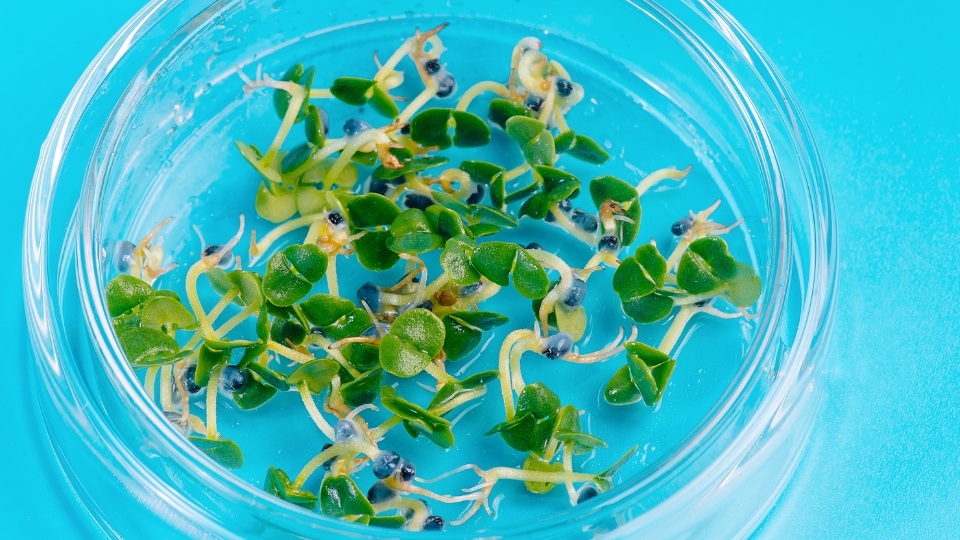
Sowing Strategies For Dense Growth
Dense plantings lead to lush harvests. Follow these tips:
- Soil Preparation: Start with a light, nutrient-rich soil mix.
- Even Distribution: Scatter seeds evenly to avoid overcrowding.
- Optimal Depth: Plant seeds just below the surface.
- Consistent Moisture: Keep soil moist but not waterlogged.
- Adequate Spacing: Provide space for air circulation.
Remember to label your trays clearly and track growth.
Lighting Solutions For Year-round Production
Imagine biting into fresh, crisp microgreens any time of the year! To make this possible, proper lighting is key. This section highlights effective solutions to maintain a productive microgreen greenhouse 365 days a year. Choosing the optimal lighting accelerates growth and ensures the richness of flavors and nutrients in your microgreens.
Understanding Light Spectrum And Intensity
Microgreens thrive when exposed to the correct light spectrum and intensity. The spectrum relates to the colors of light needed for plant growth. Microgreens require blue and red spectrums for strong roots and leaves. Intensity addresses how much light hits the plants. Too much can harm them, while too little stunts growth. A balance leads to lush, healthy microgreens.
- Blue spectrum light encourages strong stems and leaves.
- Red spectrum light boosts flowering and fruiting.
- Light intensity is measured in micromoles per square meter per second (µmol/m²/s).
Led Vs. Fluorescent Lighting Systems
The debate on LED versus fluorescent lighting is prominent in indoor gardening. Each system comes with its own advantages.
| Feature | LED Lighting | Fluorescent Lighting |
|---|---|---|
| Energy Efficiency | Higher | Lower |
| Heat Emission | Low | Medium to High |
| Life Span | Long | Short to Medium |
| Initial Cost | Higher | Lower |
| Light Spectrum | Adjustable | Fixed |
LED systems are forward-thinking solutions with customizable spectrums and low energy consumption. They offer long-term savings and reduced heat output, which is crucial for temperature-sensitive microgreens.
Fluorescent lights provide a budget-friendly option with a decent performance for starters or small setups. Your choice may depend on scale, budget, and production goals.
Harvesting And Post-harvest Handling
Harvesting and Post-Harvest Handling of microgreens are crucial steps that determine their quality and shelf life. These tiny greens, packed with flavor and nutrients, require careful attention from when they’re cut to when they’re stored.
Let’s dive into the best practices for preserving the freshness and vibrance of your microgreen harvest.
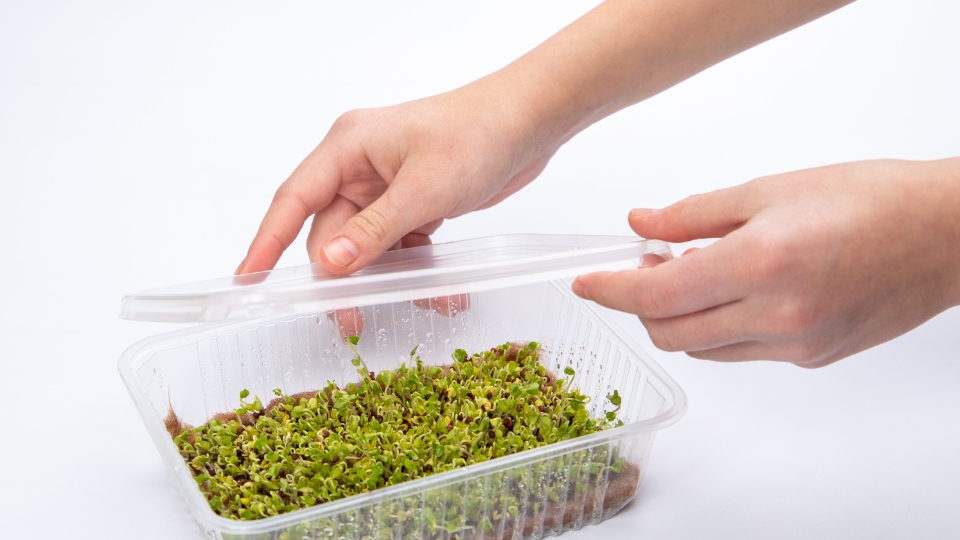
Timing Your Cuts For Maximum Freshness
Timing is everything to maintain peak freshness in microgreens. Choose the right moment for harvesting when leaves are fully open and vibrant.
This is typically just after the first true leaves develop, about seven to fourteen days after planting. Cutting early in the morning can ensure the highest levels of crispness, as plants are turgid from night-time watering.
Cleaning And Storing Your Microgreen Harvest
Post-harvest, cleanliness is key. Gently wash the harvested greens to remove soil and debris. Use cold water and a salad spinner to dry them effectively. After drying, storing your microgreens correctly is essential.
A smart storage tip involves humidity and temperature control. Place microgreens in a clean container with a paper towel to absorb excess moisture and cover them loosely to allow for air circulation. Store them in a refrigerator set at 36°F to 40°F. With proper storage, microgreens can retain freshness for up to two weeks.
| Step | Action | Purpose |
|---|---|---|
| 1 | Gentle Washing | Remove soil and debris |
| 2 | Pat Drying | Minimize moisture |
| 3 | Proper Packaging | Regulate humidity |
| 4 | Cool Storage | Preserve freshness |
- Avoid squeezing the microgreens during harvest and post-harvest processing.
- Label containers with the harvest date and type of microgreen.
- Check stored microgreens regularly for any signs of spoilage.
Marketing Your Microgreens Business
Welcome to the thriving world of microgreens, the tiny powerhouses of nutrition! If you’ve been cultivating these little wonders and are ready to take your microgreens business to the next level, you’re in the right place. Crafting the perfect marketing strategy is vital for success. Let’s delve into how to amplify your brand and maximize sales.
Branding And Niche Market Strategies
Creating a strong brand is key in the microgreens market. It begins with a memorable name and a vibrant logo that captures the essence of your fresh, healthy produce. Your brand tells your story, sets you apart, and speaks to your niche.
Identify your unique selling points (USPs). Do you offer rare microgreen varieties? Is your produce organically certified? Pinpointing what makes your microgreens special enables you to target the right customers.
- Develop a visual theme that reflects your brand across all materials.
- Design packaging that stands out and appeals to environmentally conscious consumers.
- Create a tagline that summarizes your brand promise in a catchy phrase.
Finding your niche is about connecting with a specific audience. Healthy eaters, local restaurants, and organic food markets are just some groups that might love your microgreens. Tailor your messages to speak directly to their desires and needs.
Leveraging Social Media For Sales Growth
Social media platforms are bustling marketplaces for your microgreens. They’re perfect for showcasing your greens visually and engaging with your audience.
Build a content plan that mixes educational posts with vibrant images of your microgreens. Share tips on using them in daily meals, highlighting their health benefits.
| Platform | Strategy | Post Frequency |
|---|---|---|
| High-quality images, stories, and reels | Daily | |
| Community building, customer testimonies | 3-4 times per week | |
| Industry news, quick tips | Multiple times per day |
Engage with your followers. Answer their questions promptly, thank them for their support, and ask for feedback. This builds trust and a sense of community around your brand.
Use hashtags related to microgreens, health foods, and local farming. They increase the visibility of your posts. Reach out to influencers in your niche who can help amplify your message to a broader audience.
Remember, consistent effort in branding and leveraging social media can turn your microgreens from tiny seeds into a major success!
Inspiring Ideas For Using Microgreens
Microgreens, the tiny yet mighty heroes of the plant world, pack a punch of flavor and nutrition. These miniature greens sprout from the seeds of vegetables and herbs. Think of them as the babies of the produce world. Their vibrant colors and varied flavors make them perfect for various uses. From recipes to educational programs, microgreens inspire healthy living and creativity.
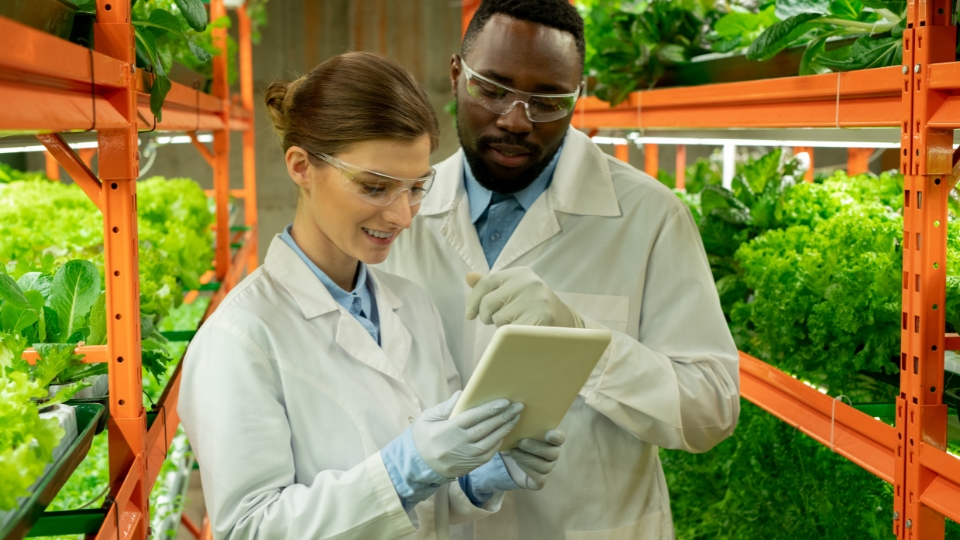
Spice up your meals with these mini powerhouses. The variety in flavor, from peppery to tangy, can turn a simple dish into a culinary masterpiece.
- Salad Toppers: Add a crispy, colorful twist to salads.
- Sandwich Layers: Insert fresh greens in your sandwiches for a nutrient-rich crunch.
- Smoothie Boosts: Blend microgreens into smoothies for an extra nutrient kick.
- Soup Garnishes: Sprinkle over soups to enhance flavor and visuals.
Experiment and mix different microgreens to discover new taste sensations.
Growing microgreens promotes learning and community spirit. Use these greens to teach kids and adults about nutrition and gardening.
- School Programs: Introduce children to the joy of growing and eating their greens.
- Local Workshops: Host sessions on sustainable urban farming.
- Community Gardens: Encourage neighborhoods to start their own microgreen gardens.
Join local markets or fairs to showcase the wonders of microgreens. Give live demonstrations to engage with the community.
Frequently Asked Questions On Greenhouse For Microgreens
Can Microgreens Be Grown In A Greenhouse?
Yes, microgreens can successfully be grown in greenhouses. The controlled environment provides optimal growing conditions year-round.
What Is The Best Environment For Microgreens?
The best environment for microgreens is a well-ventilated area with consistent temperatures between 60-75°F and indirect sunlight or LED grow lights. Ensure a humid atmosphere and use quality soil for optimal growth.
How Hot Can Microgreens Tolerate?
Microgreens prefer cooler temperatures, typically thriving between 60-75°F (15-24°C). They can tolerate up to 90°F (32°C) with adequate water and ventilation.
Final Word
To sum it up, a dedicated greenhouse for microgreens offers a sustainable path for urban gardening enthusiasts and commercial growers alike. It enhances yield, conserves resources, and ensures year-round cultivation. Embrace this controlled environment for your thriving microgreens operation and witness a rewarding harvest that benefits your table and the planet.
Video Source: https://www.youtube.com/watch?v=ZYeHLpKMwGc
CONTENT END 2 -->

